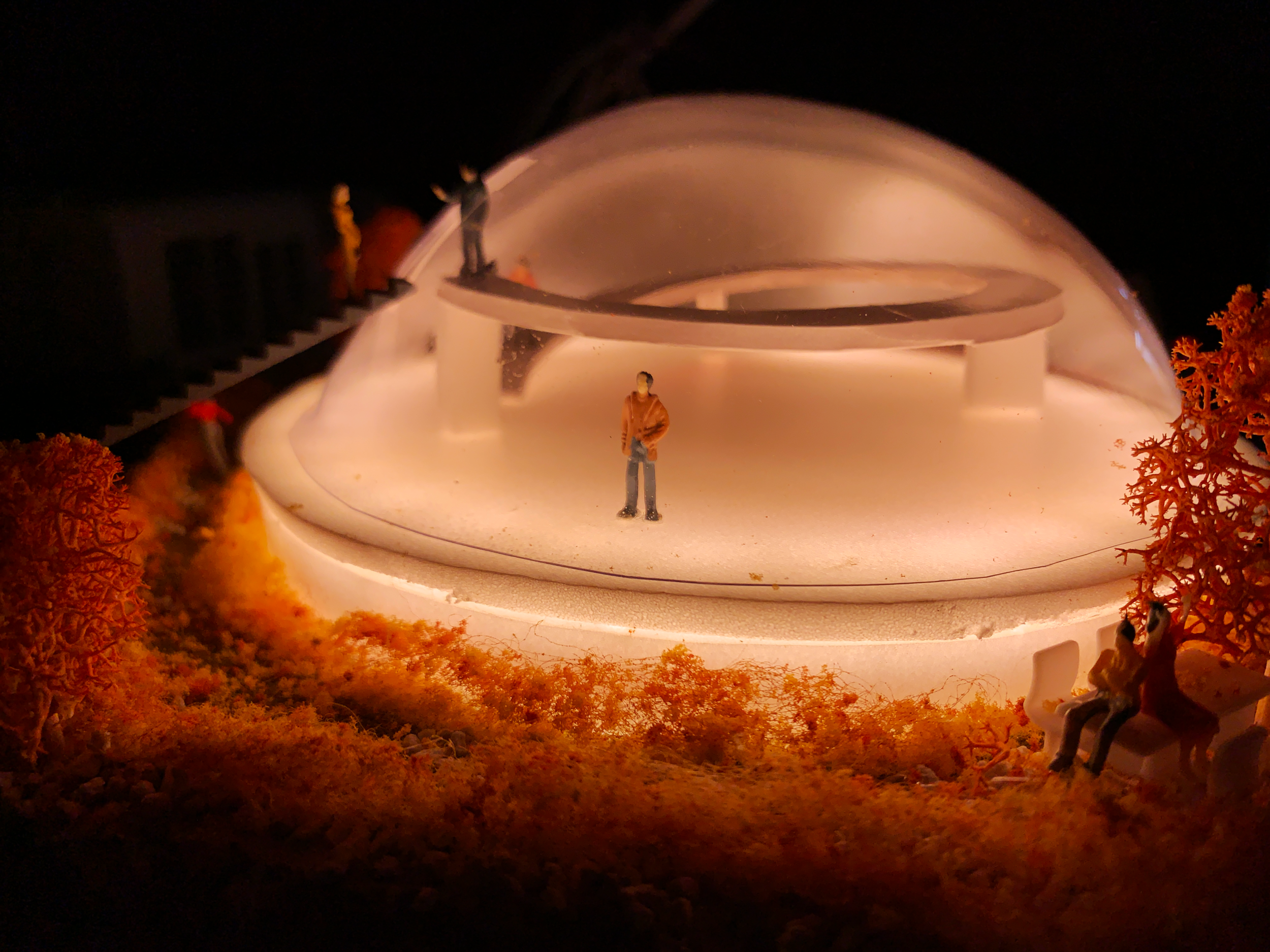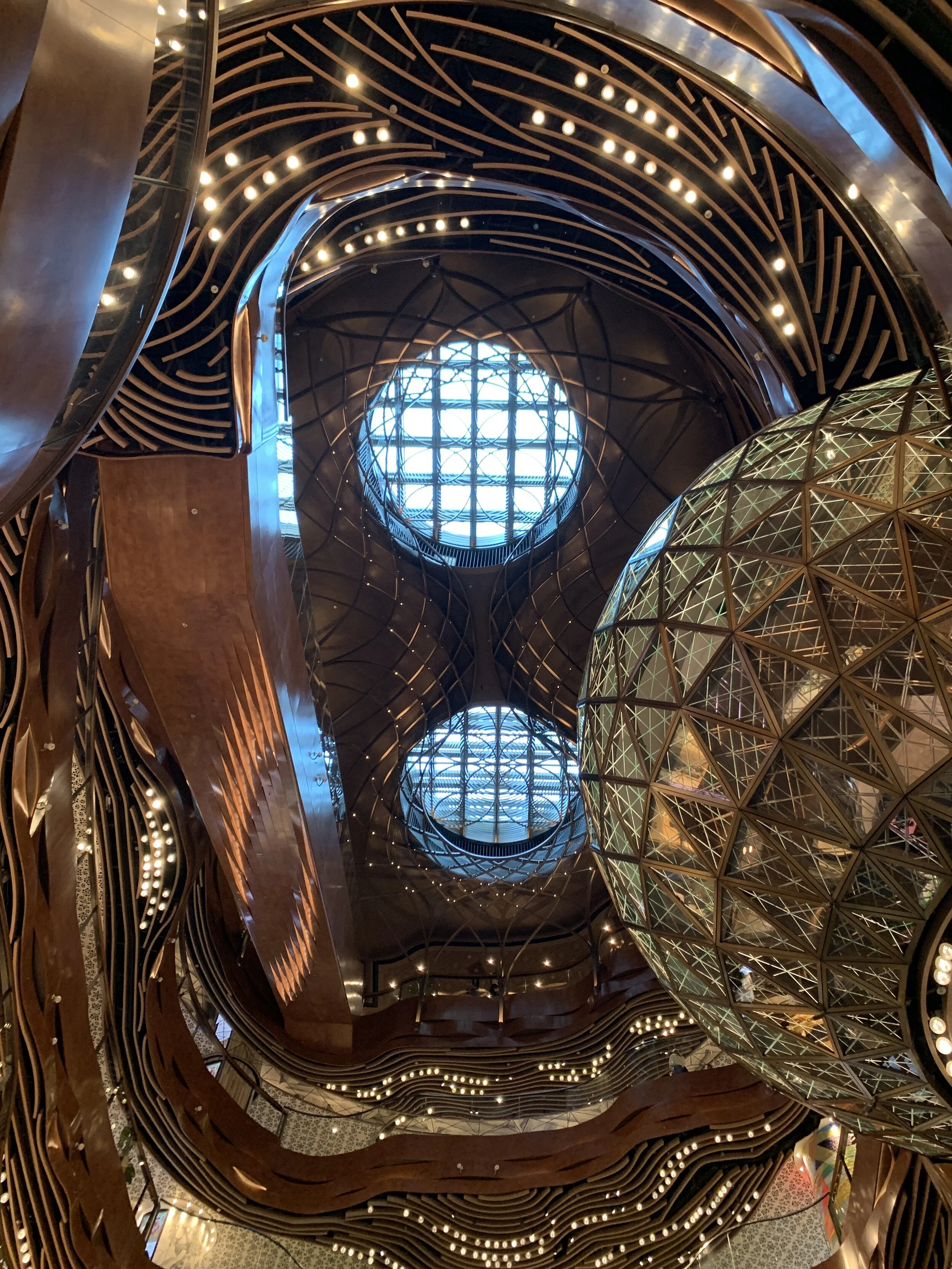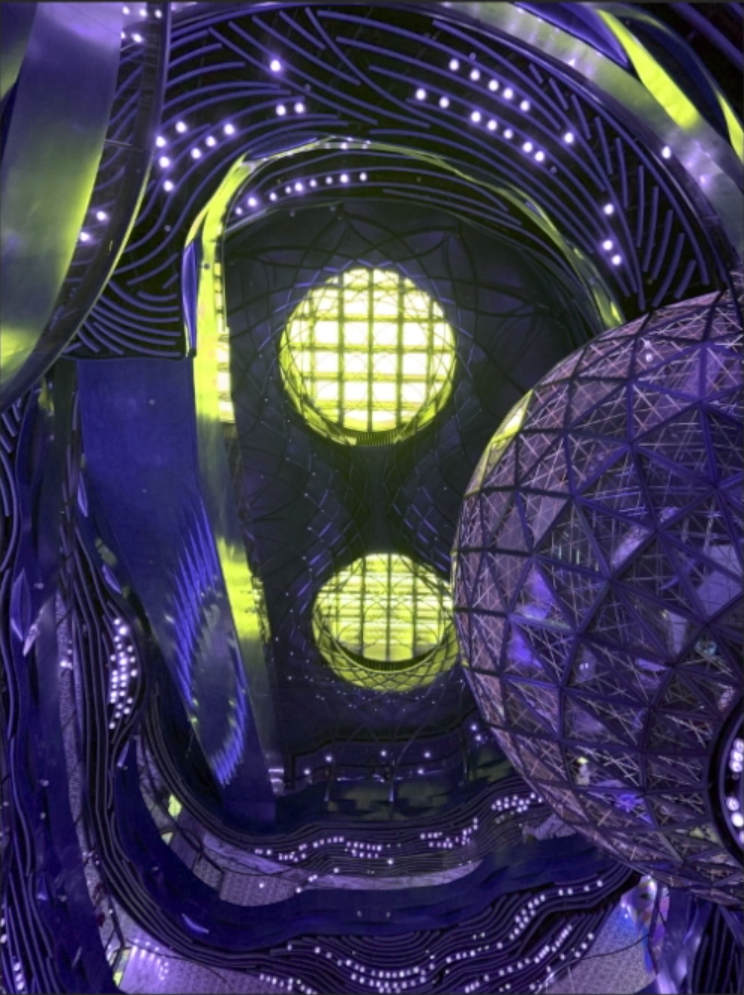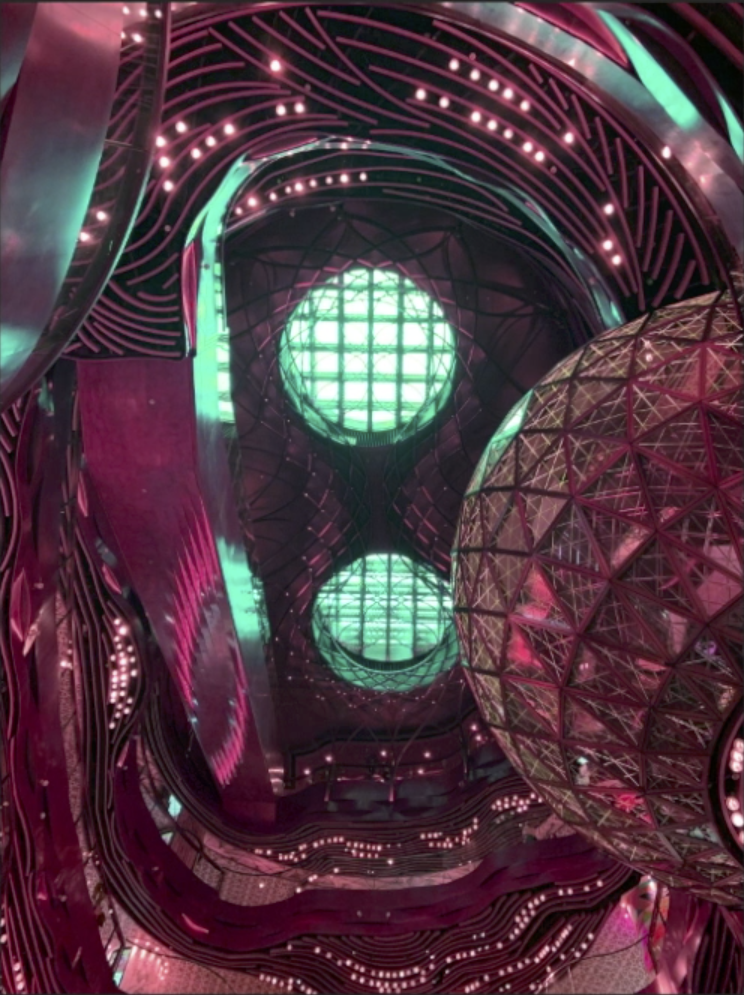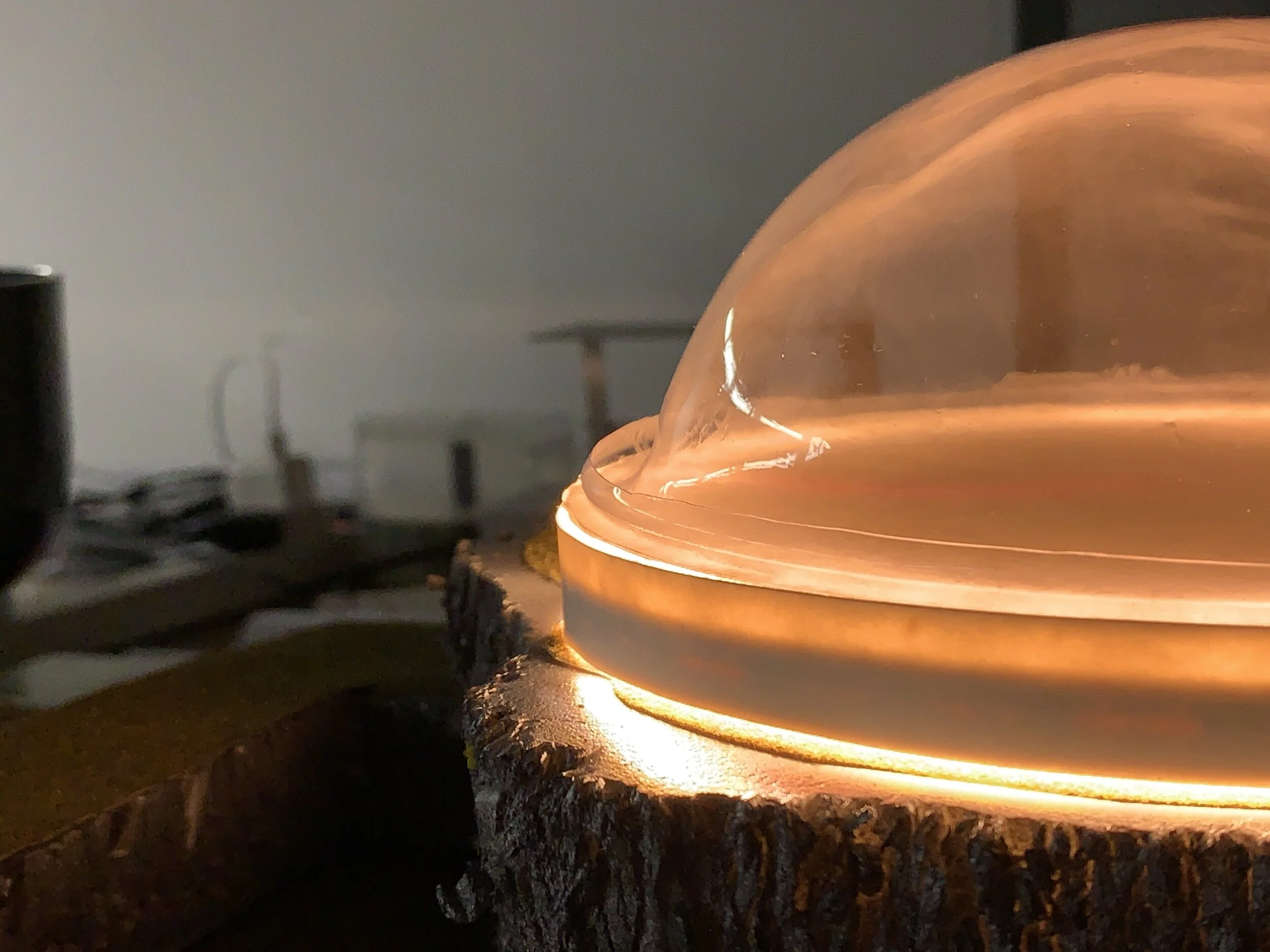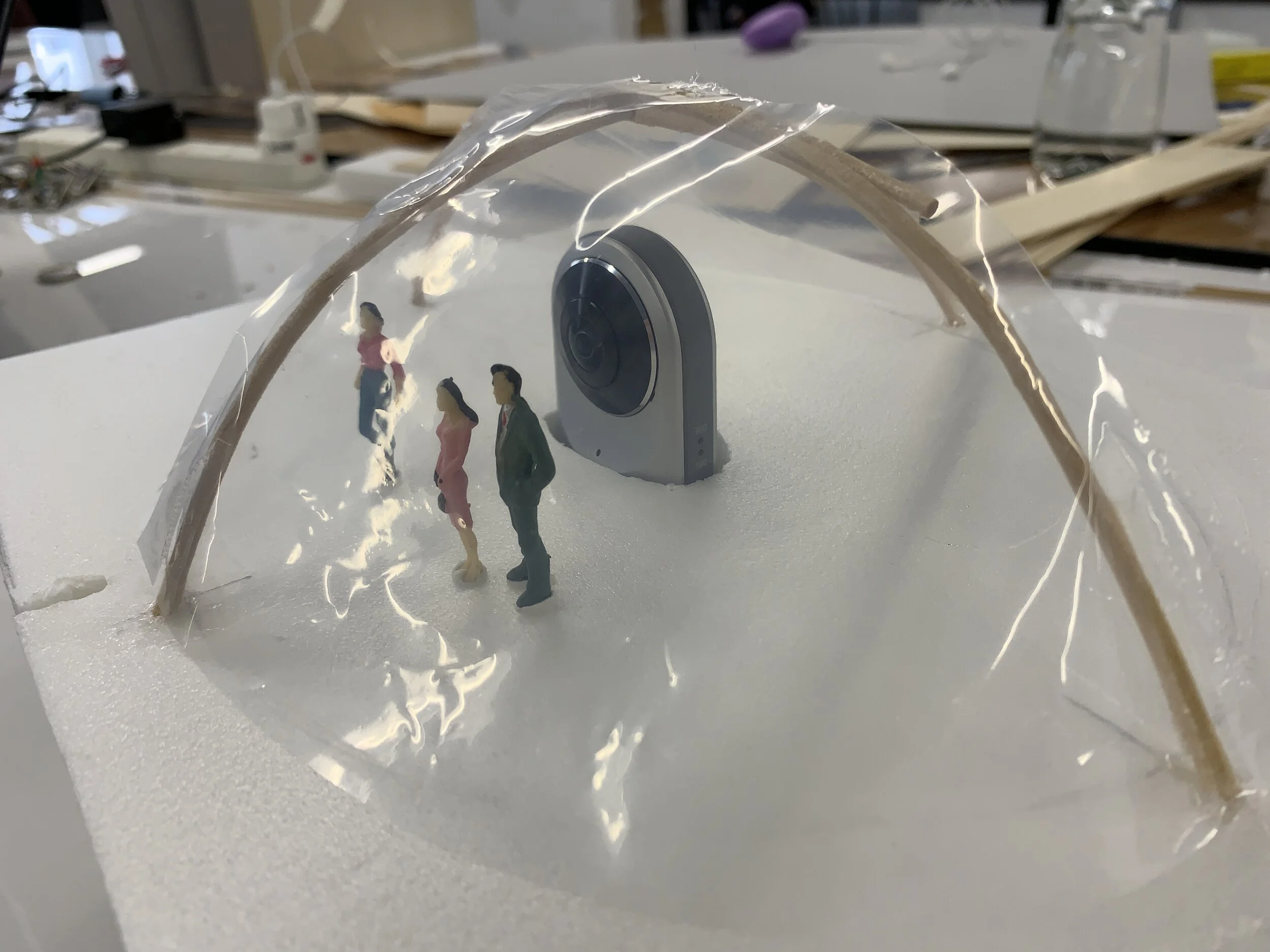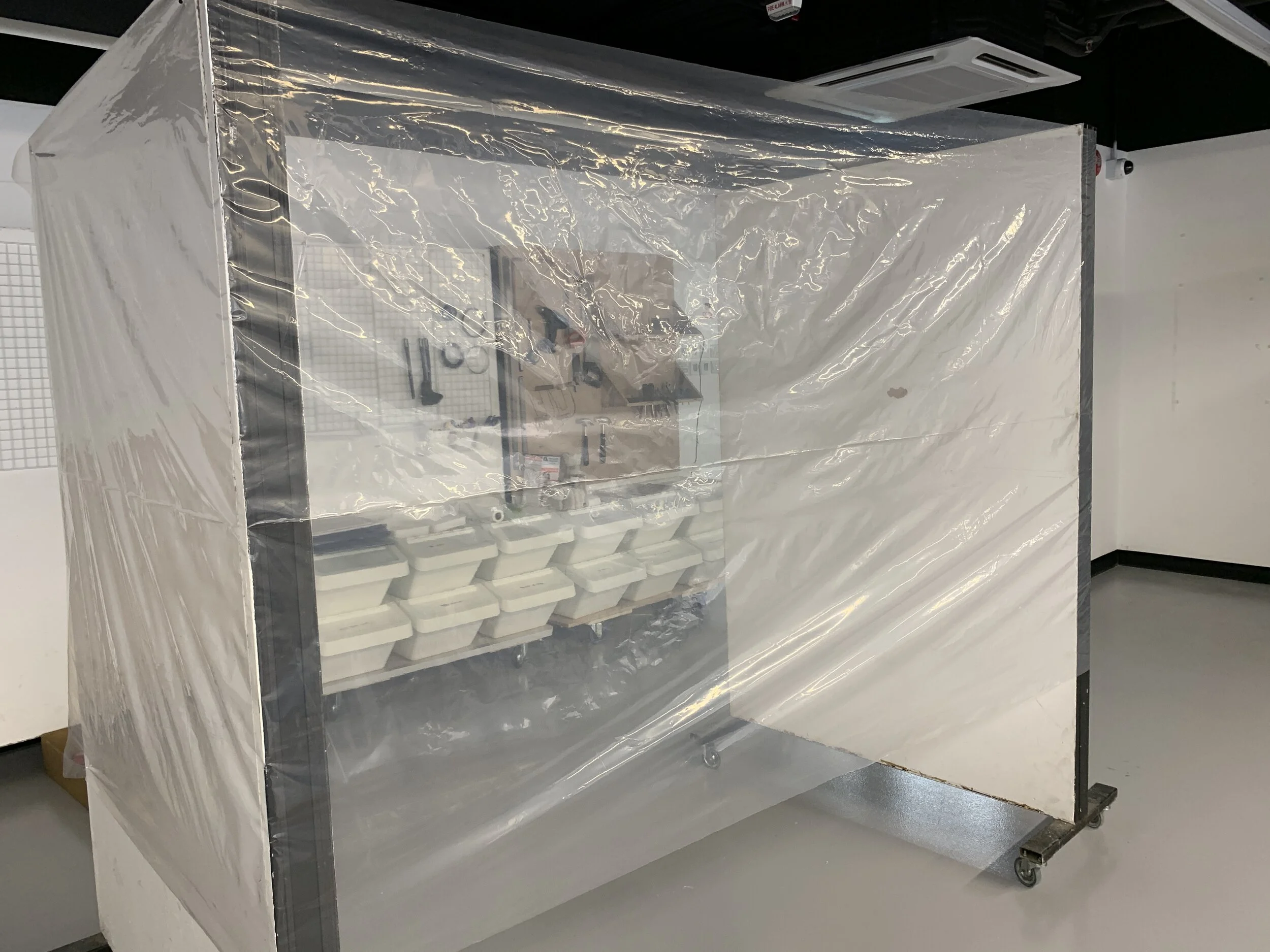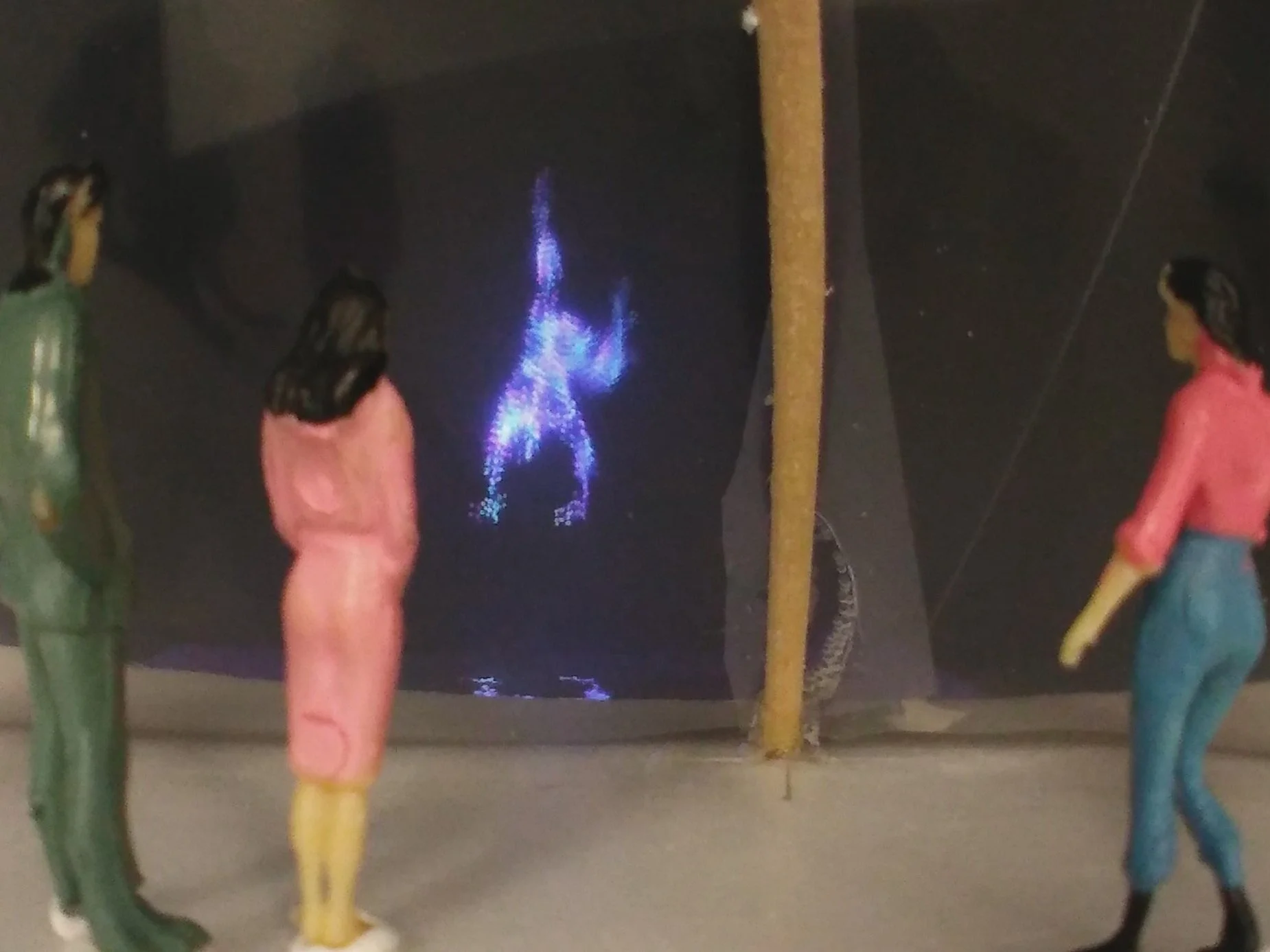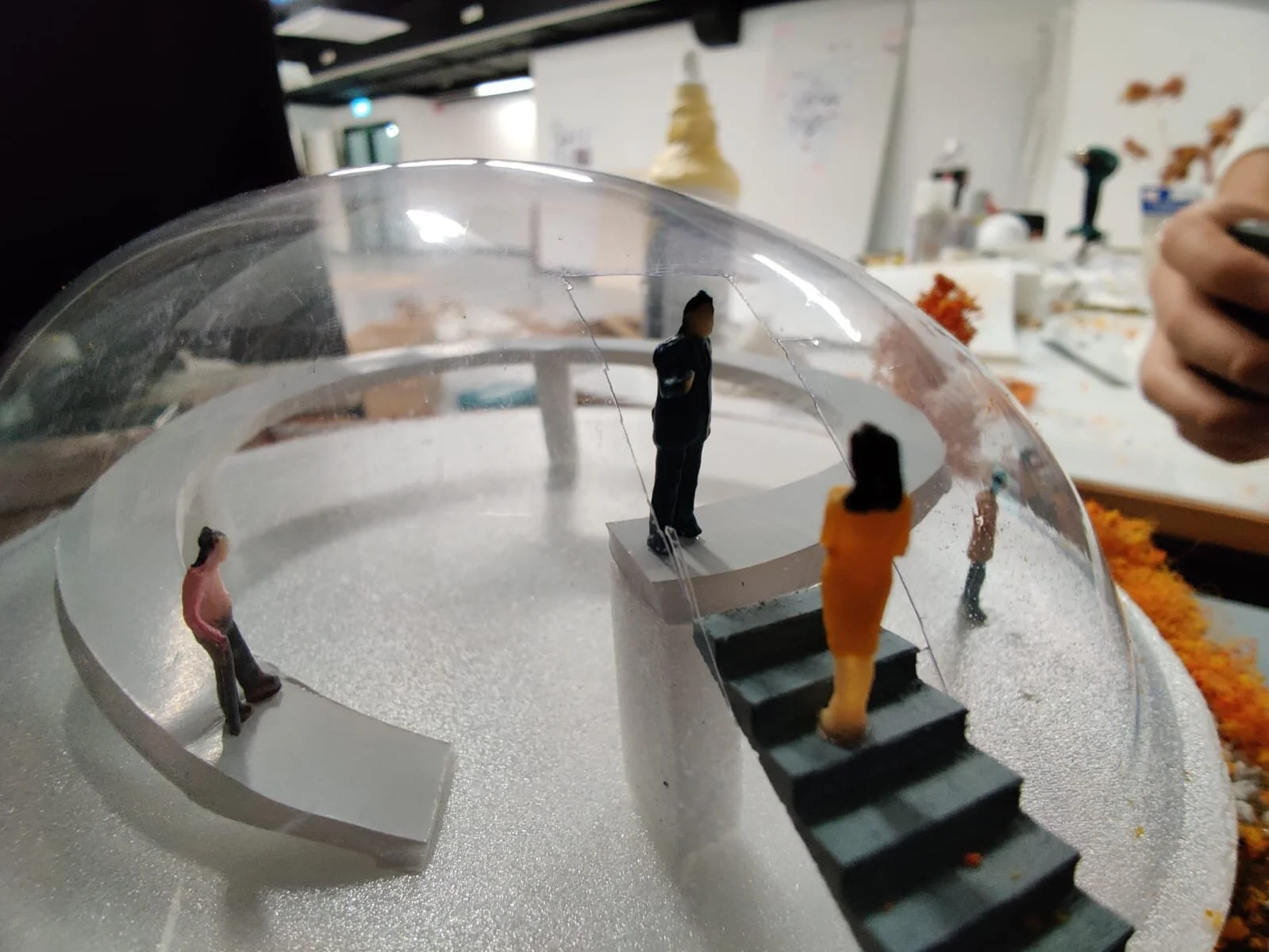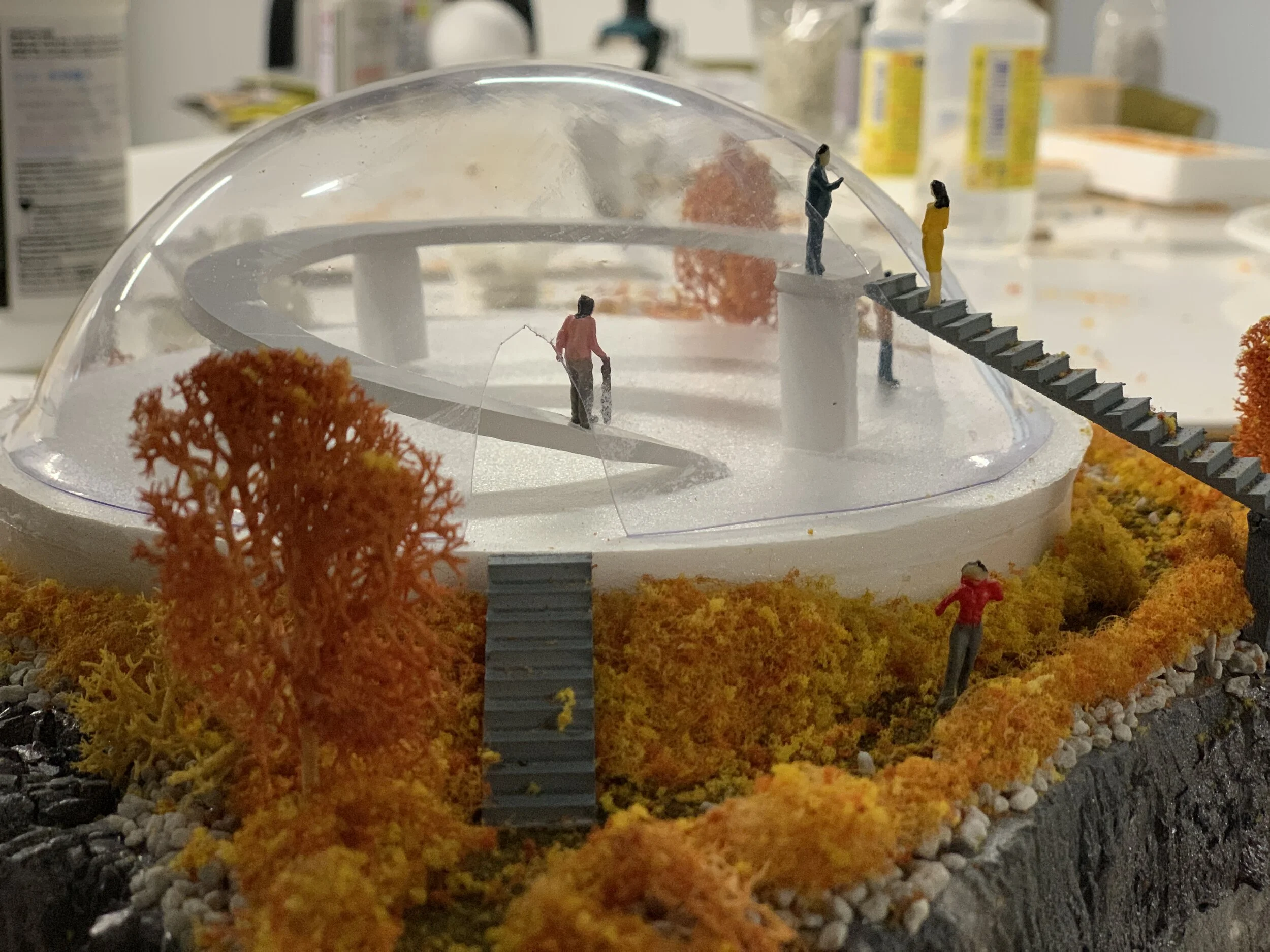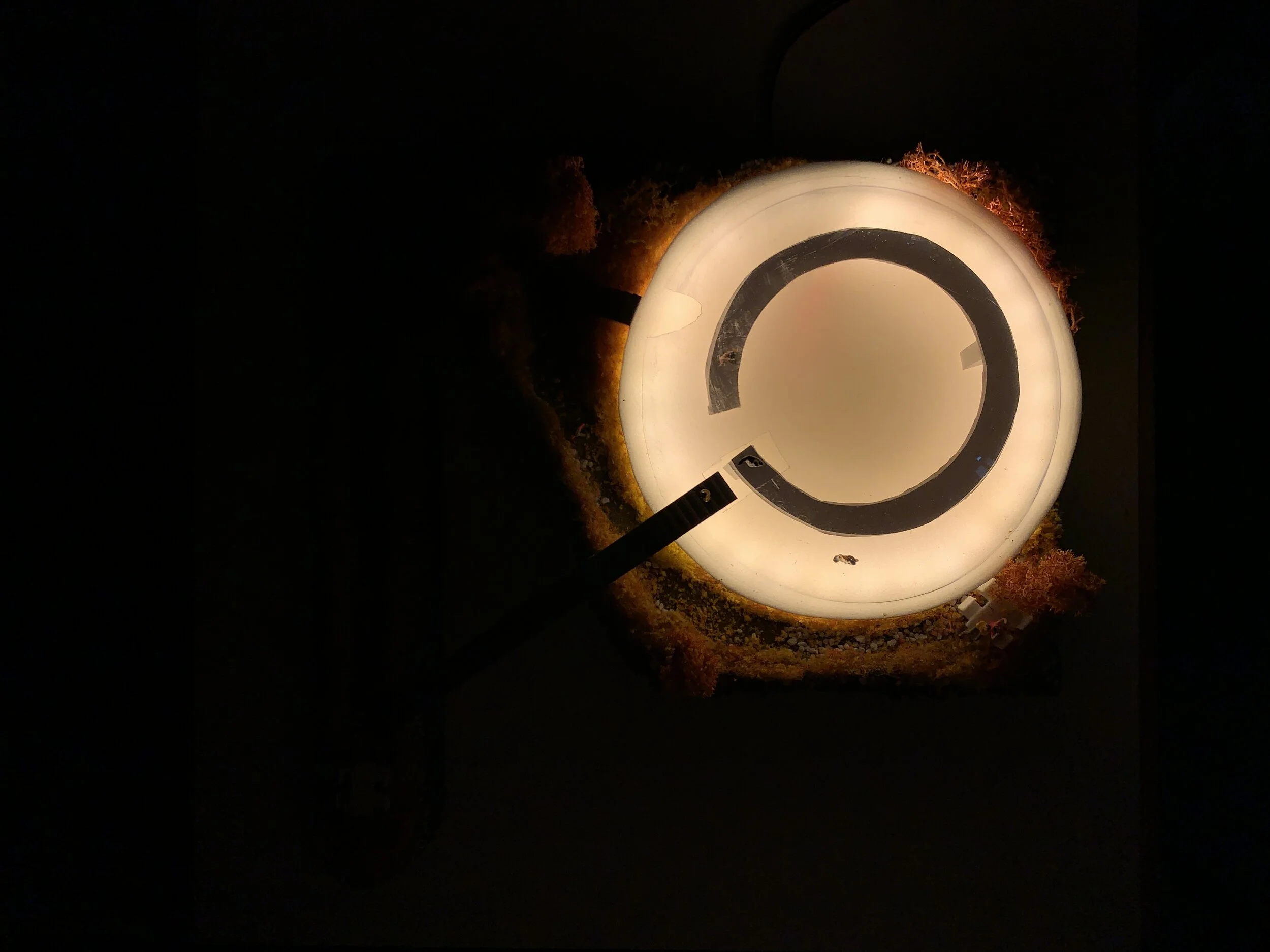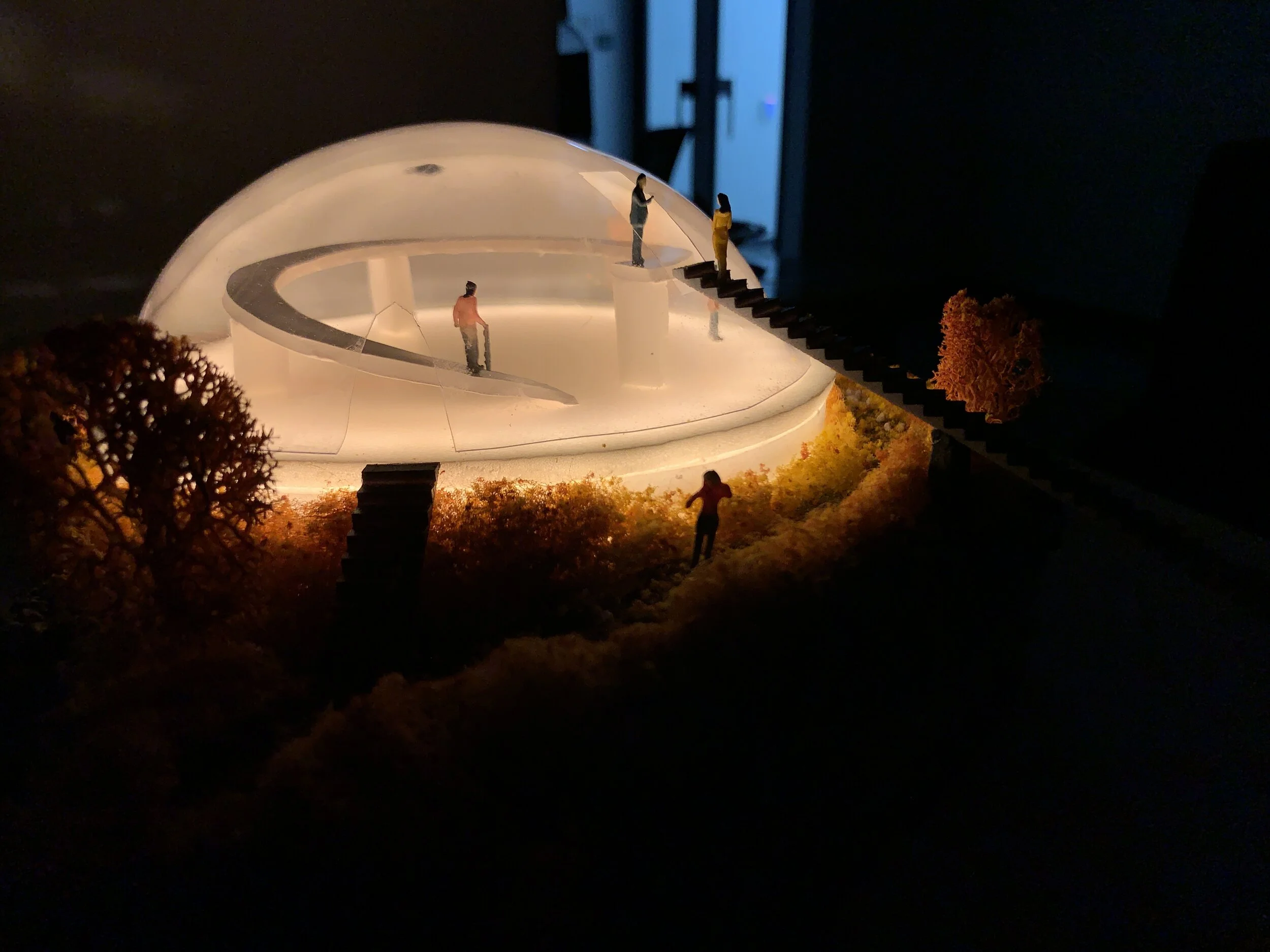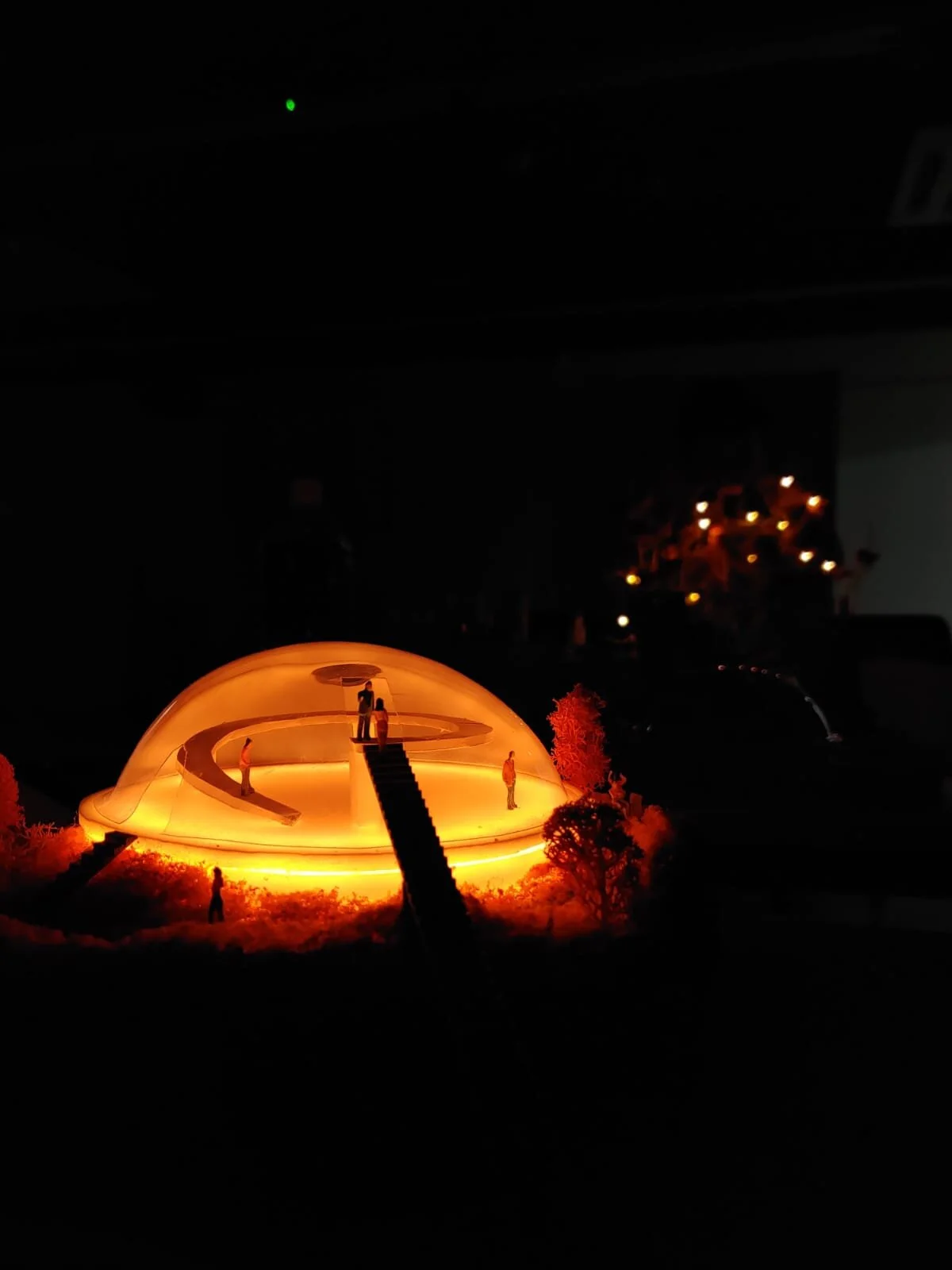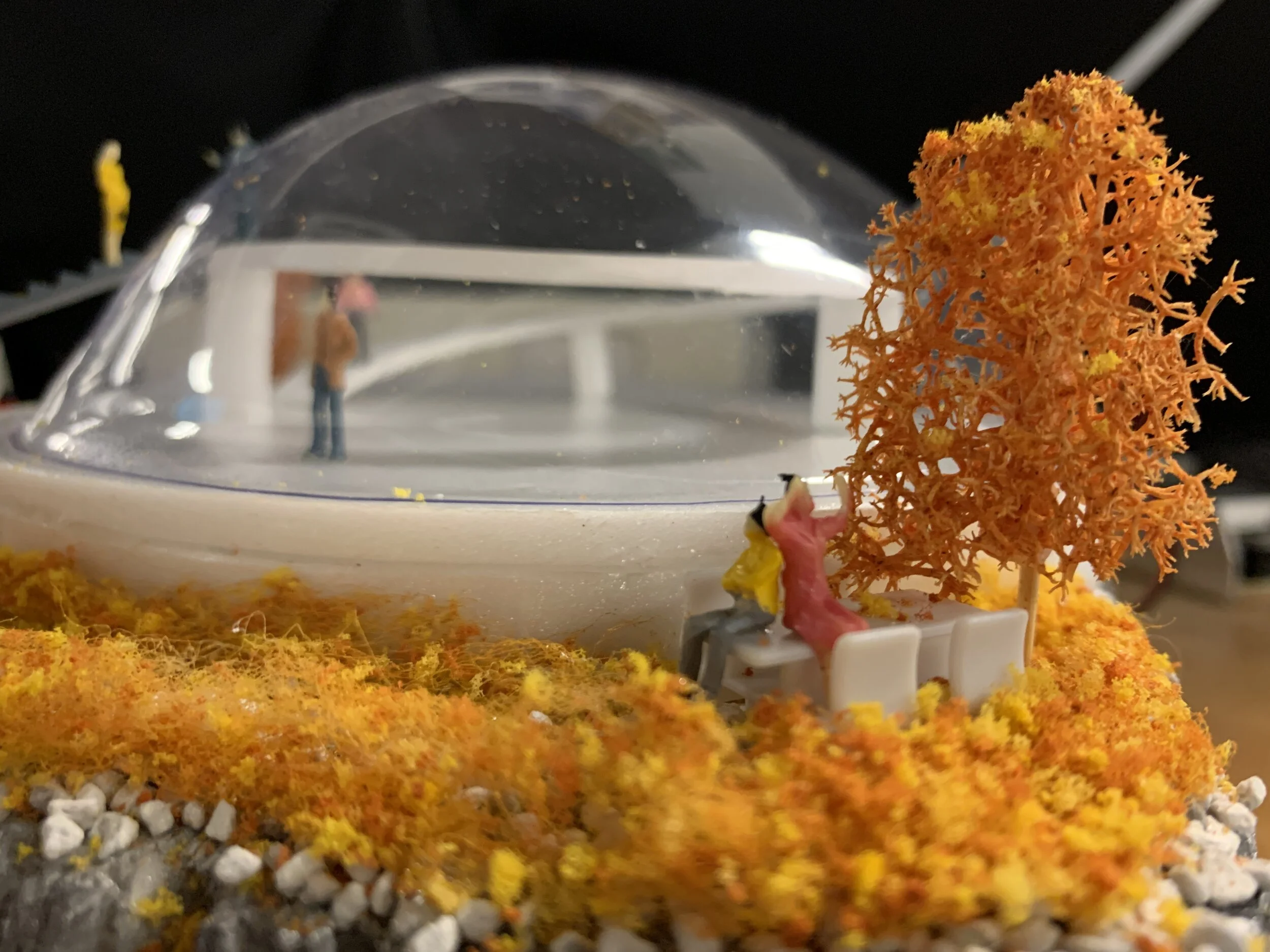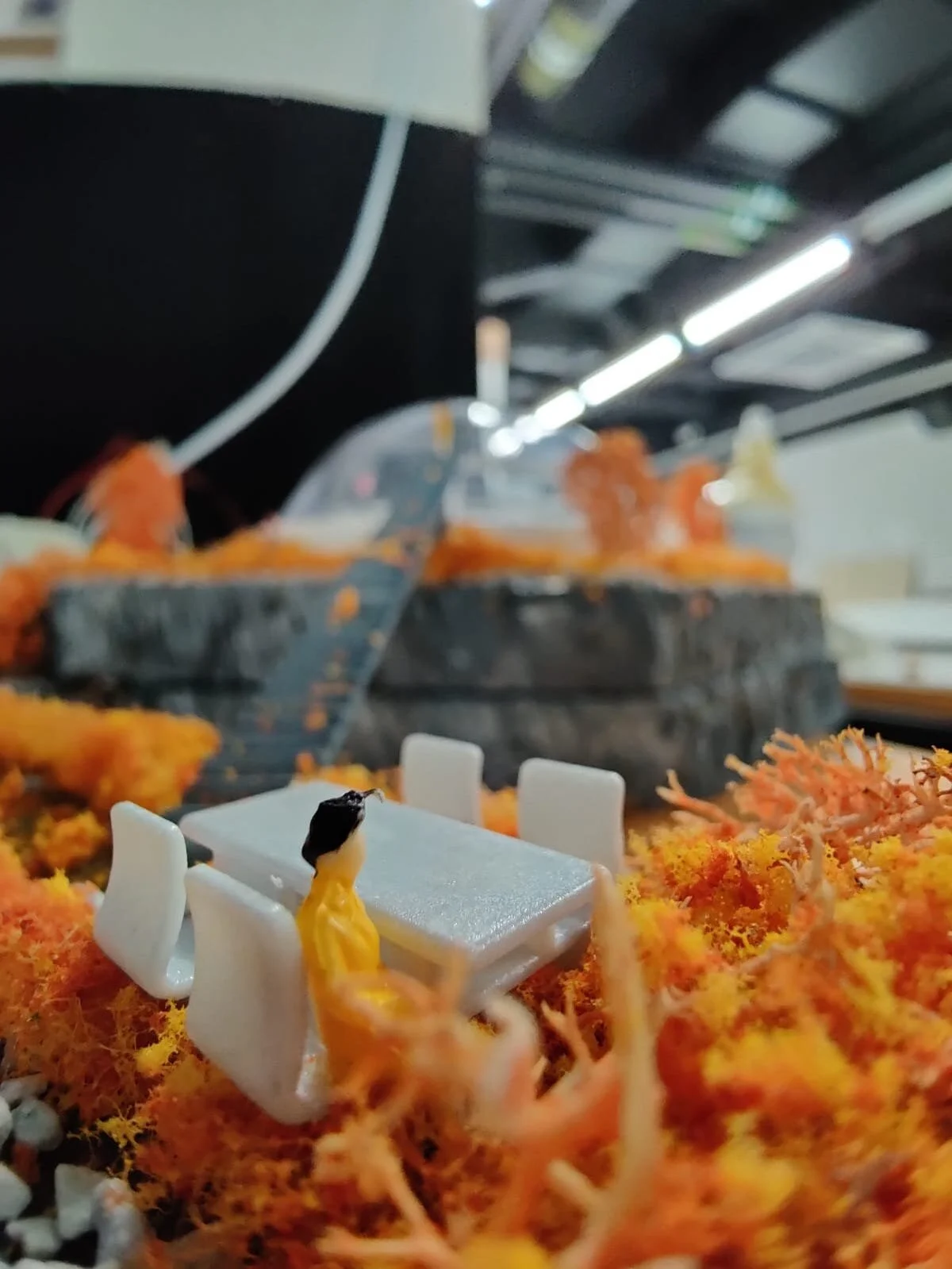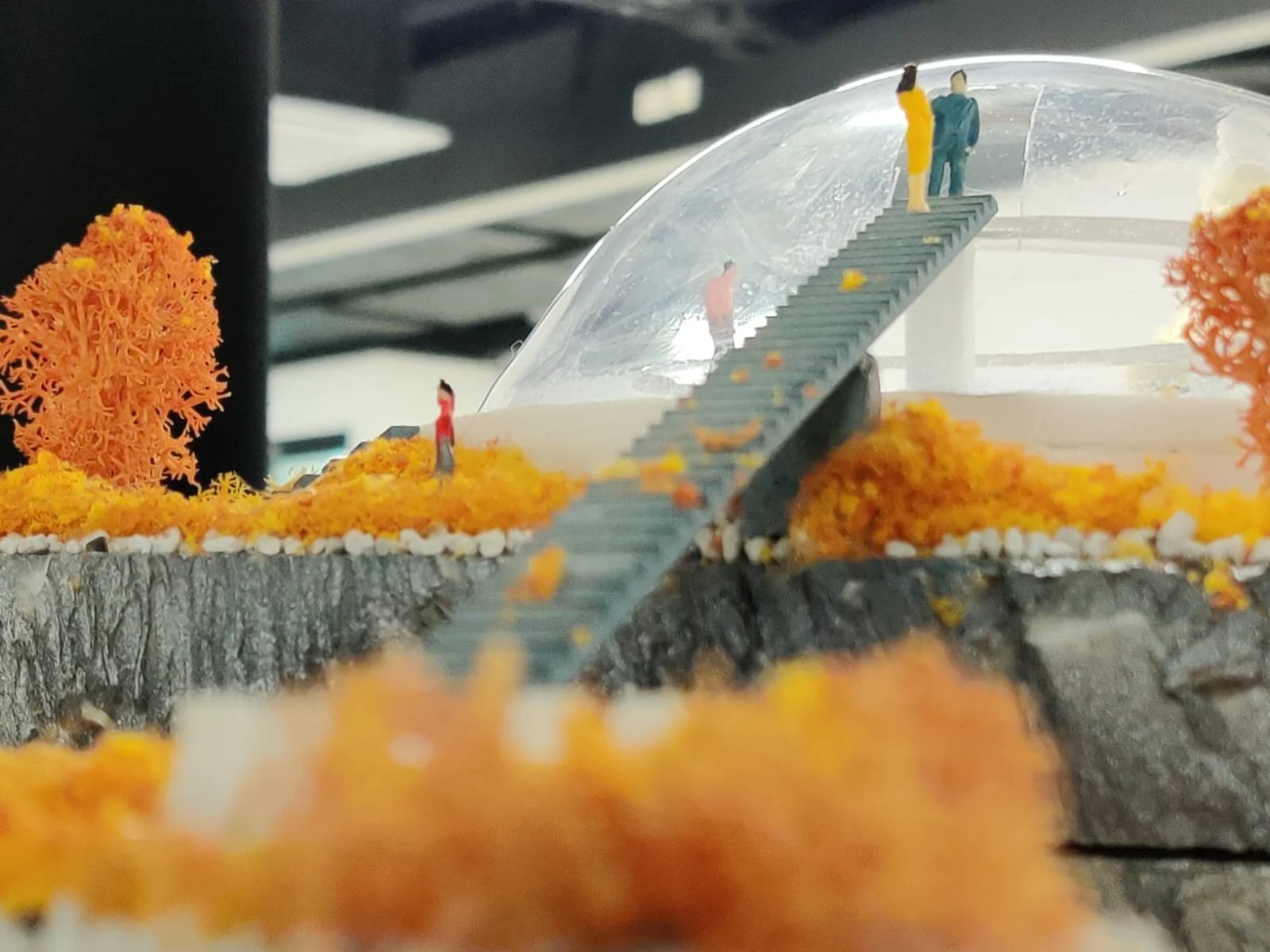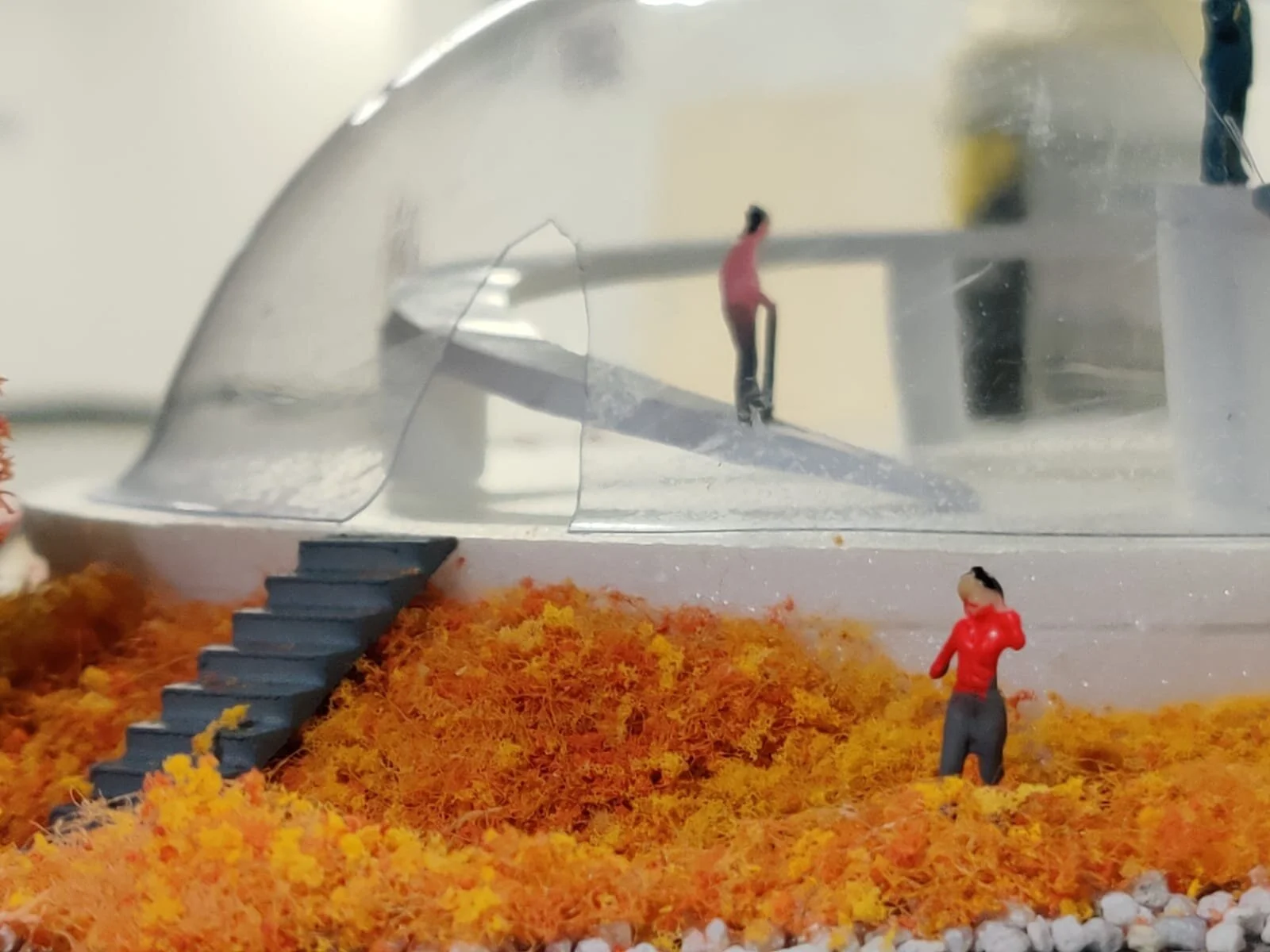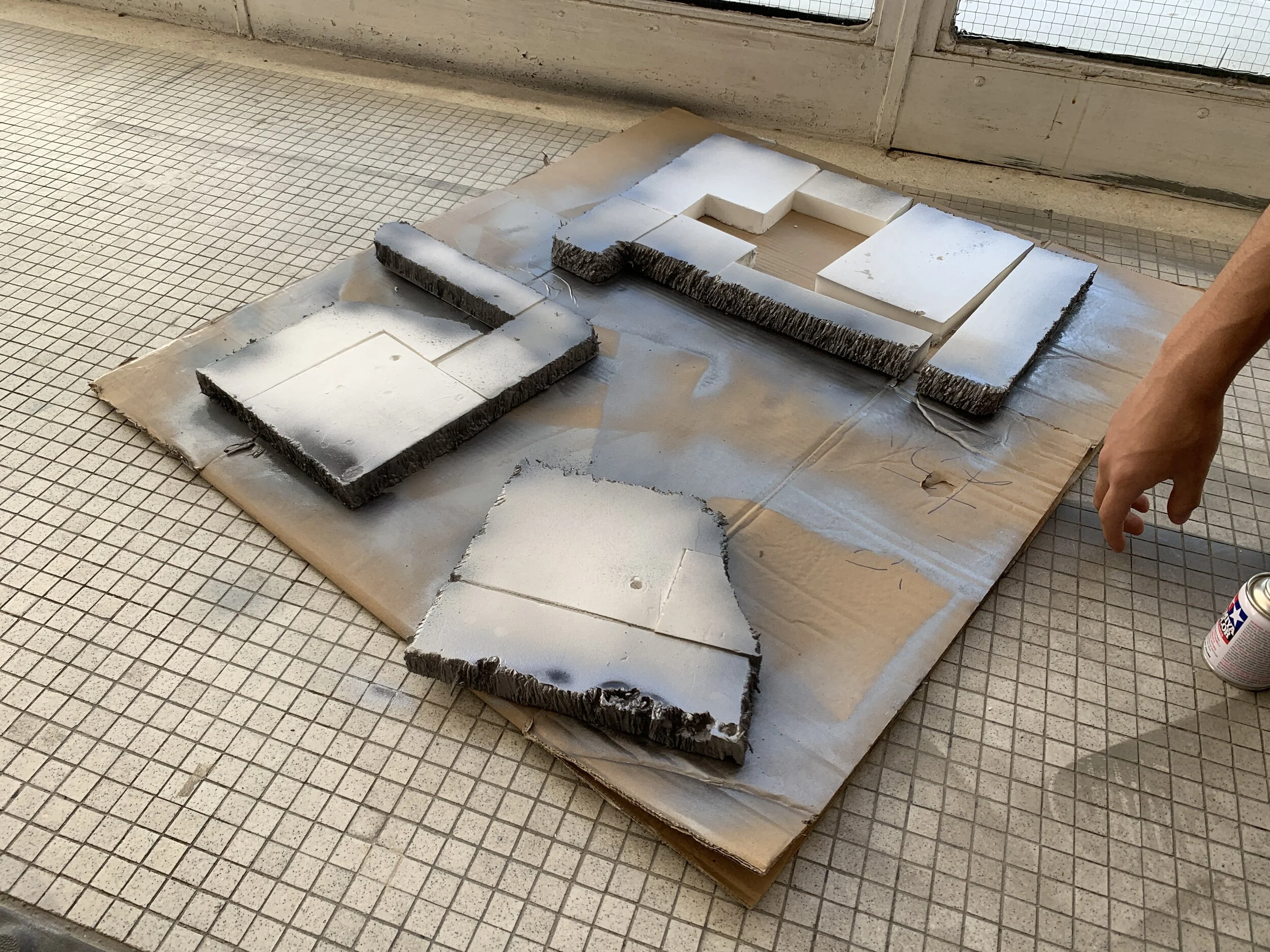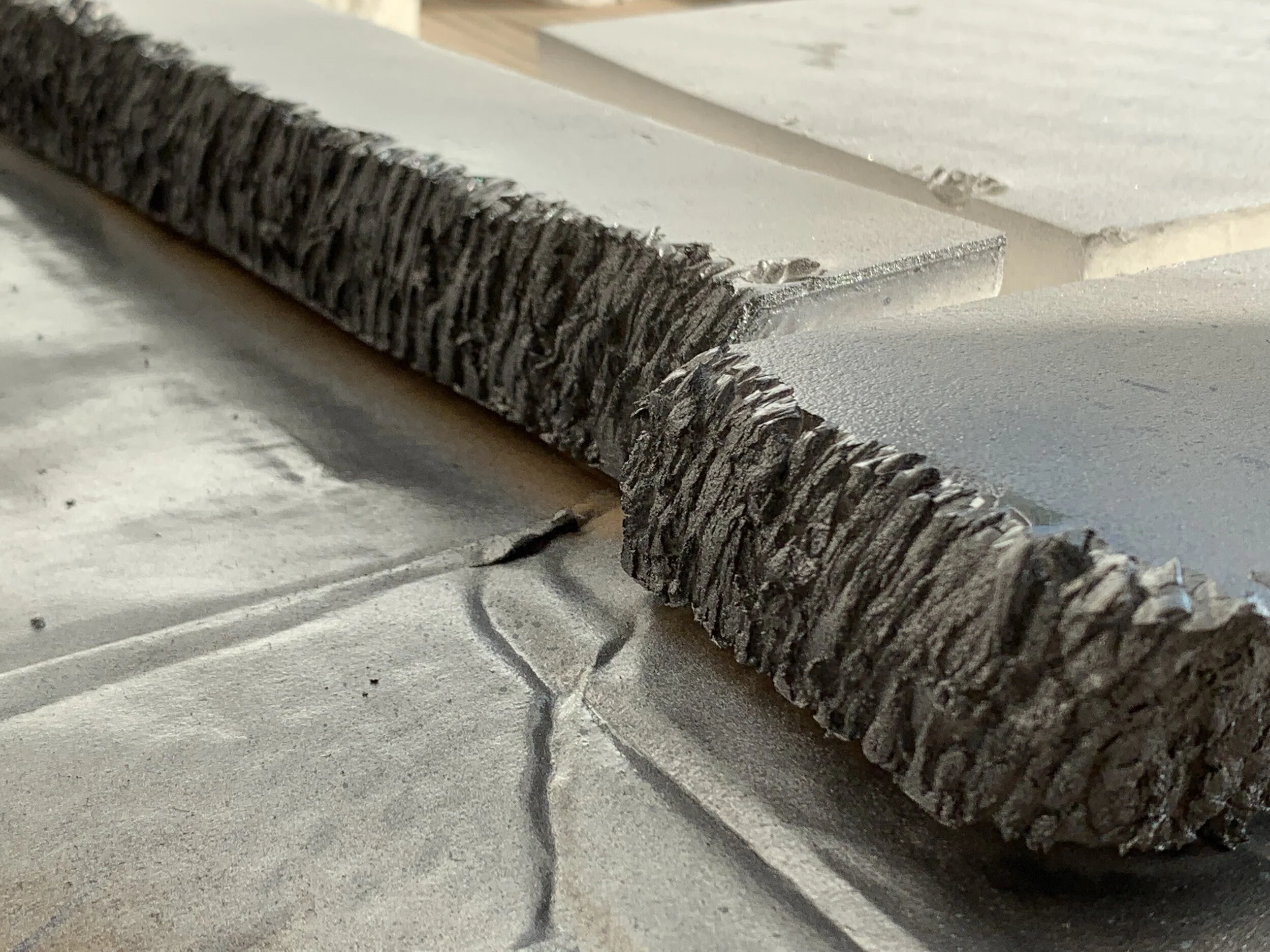10/2019-12/2019
Magible
“If our life lacks a constant magic it is because we choose to observe our acts and lose ourselves in consideration of their imagined form and meaning, instead of being impelled by their force.”
Magic, is very important in our lives. Although it might be regarded as a discipline to trick people with illusions, it is not that simple. Magic can be what drives our minds to think, to create, to innovate, it is a form of thinking. If it weren't for magic, we might never have lights to shine in the dark. If it weren't for magic, we might never fly in the boundless sky. Magical thinking helps in developing life, however, in the hustle and bustle, people live with an absent of life. Magible, is initiated to change this situation.
Ideation
In my point of view, magical experiences can be generalised as a set of unexpected occurrences which collectively stimulate your mind to create positive feelings, thoughts, hence induce creativity. As a result, the Magible project headed in a way to paint unexpectancies in reality, anytime, anywhere. Developing the project on the interactive design strategy, with the help of holographic projection, I found that immersive experiences can be delivered to the people inside a transparent structure, where the reality overlaps. Once you walk into the structure, a whole new magical perspective of the surrounding is revealed. As a matter of fact, Magible is a combination of words ‘Magic’ and ‘Bubble’ as the proposed transparent dome design looks like a semi-bubble itself.
The main idea stems from the design of Hong Kong K11 MUSEA’s Opera Theatre. The fact that the light arrangements and separating valves looks like railways for transporting light bulbs inspires the thought of using moving lights on the ceiling along the tracks(gaps) to create lighting effects. However, this design could be quite expensive and unrealistic. After a deeper thought, a transparent structure with projected images also suits the purpose, and even give a better unexpected immersive experience as it involves audiences circulation, walking from the ordinary outside to the fantasy inside. To achieve these goals, the project headed in two ways, structure models and projection prototypes.
The original K11 MUSEA's Opera Theatre
A marine theme illustration
HUE translation
Structure Models
During the exploration of Magible’s shape, structure, material, and of course hologram projection capability, three miniature models and a life-size model were built with different methodologies. Some of them were experimental while the others were aesthetically more pleasing.
Projection Prototypes
Some of the structure models mentioned above were used in testing hologram projections as well. At the end of the project, there were three projection prototypes and a material test. The detailed result, videos, strength and weaknesses of each prototypes is included in the following pages.
Final Diorama
At the end of the project, I turned my focus to aesthetic demonstration, and diorama is somehow the best method to showcase the possible outcome of putting the Magible in an outdoor environment, alongside with all the scenery and human interactions. As result, I built two diorama site, a detailed one with lighting decoration and a simple one for showcasing projection in the internal review. To go with the LED light strip, I chose an early fall theme in a country side to show how the Magible interact with the environment and the people, in both day and night time. Here is a photo collection of the detailed diorama and some of it’s making-of photos as a closing section for this page. Hopefully one day we can all live within the magic given by the Magible.
For original presentation materials, click here
For 2019 BASc(Design+) Winter Semester internal review presentation video clip, click here
For HKU website feature page, click here
